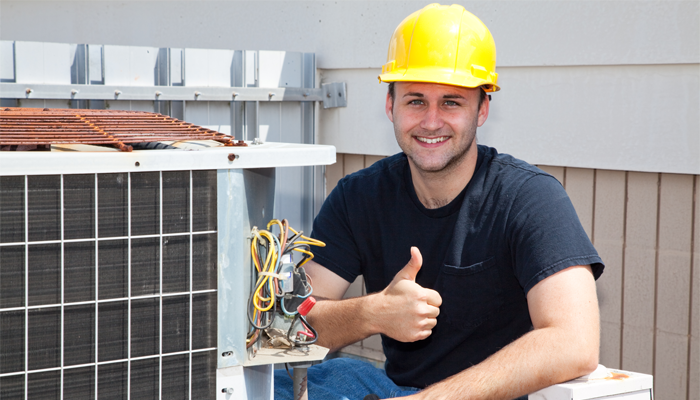
It’s always extremely tough when a home needs a furnace repair, and it’s crucial for homeowners to recognize when these types of HVAC services are required. However, recognizing furnace repair warning signs is often a lot easier said than done!
The Beehive Heating & Air specialists have supported us with this list of red flags oriented around needing furnace repairs at residential properties, so keep the below warning signs in mind so you’ll be better prepared when your furnace begins to malfunction.
Abnormal Energy Bill Increases
If your energy bills have suddenly increased without any explanation, then it could be an indication that your furnace has lost its overall efficiency. This could mean that it either needs to be repaired, or potentially even replaced.
Professional maintenance appointments from HVAC technicians will let you know what exactly is causing your increased energy bills, and whether or not a furnace repair will resolve the price hikes.
Yellow Pilot Light
Your furnace’s pilot light is supposed to maintain a blue color, so when it’s yellow, it’s trying to tell you that a repair is needed. Yellow pilot lights are sometimes carbon monoxide leak warnings, so this of course is something that should always be taken very seriously.
Excessive Dust Accumulation Near Vents
It’s always important to change out your HVAC filters on a regular basis, but of course a lot of people forget about this type of upkeep. When your furnace’s air filters aren’t changed for long periods of time, it can sometimes lead to dust buildup near the unit’s vents.
This type of situation can lead to diminished indoor air quality, so this is another warning sign that indicates a serious need for professional support.
Abnormal Noises
Strange creaks, squeaks and pops coming from your furnace can sometimes be a serious red flag that something isn’t quite right. Although furnaces do often make noises while in action, it’s important to distinguish certain sounds that simply seem off.
It could be that a small component has come loose, so abnormal furnace noises always require professional attention.
It Takes A Long Time For Your Home To Heat Up
If you’re noticing that your home stays cold for too long after your furnace has turned on, then it could mean that your furnace’s efficiency is lacking. This is essentially tied together with your furnace working a lot harder than it’s technically supposed to, so this situation is always a good indication that it’s time to call in professional support.
Too Frequent Cycles
Furnaces are meant to regulate a home’s temperature by turning on when it senses that the indoor air has gotten cold, so a common furnace malfunction is to frequently cycle when it’s not necessary.
There are a few common causes of too frequent furnace cycles, including:
- Oversized furnace
- Overheating
- Malfunctioning thermostat
Your Furnace Isn’t Turning On
When furnaces fail to start up properly, there are plenty of ways for furnace repair specialists to troubleshoot the malfunctioning. There are several potential problems that could be creating this type of issue, and homeowners should go through the following checklist prior to calling HVAC technicians:
- Double-check that the heat is turned on and the thermostat is set
- Verify whether or not the furnace’s fan is working properly
- Double-check the furnace’s gas supply, and try testing other gas-powered appliances throughout your home
Date of Last Furnace Repair
If it has simply been a long time since your last furnace repair or checkup appointment, then this is also a good indication that you’re going to need to reach out to licensed HVAC experts.
Being proactive with HVAC maintenance and upkeep can help prolong your furnace’s lifetime, and help you avoid future repairs!
Reach Out To The Beehive Heating & Air Team When You Need A Furnace Repair At Your Home
It’s always a bummer when you need a furnace repair, but when you have reliable HVAC specialists on call, this type of situation is much more manageable.
The furnace repair specialists at Beehive Heating & Air are just a few clicks away when you go to their website via the link at the top of the article, and their team will be happy to answer your questions and let you know what your ongoing repair warning signs mean for you and your home’s HVAC system!






